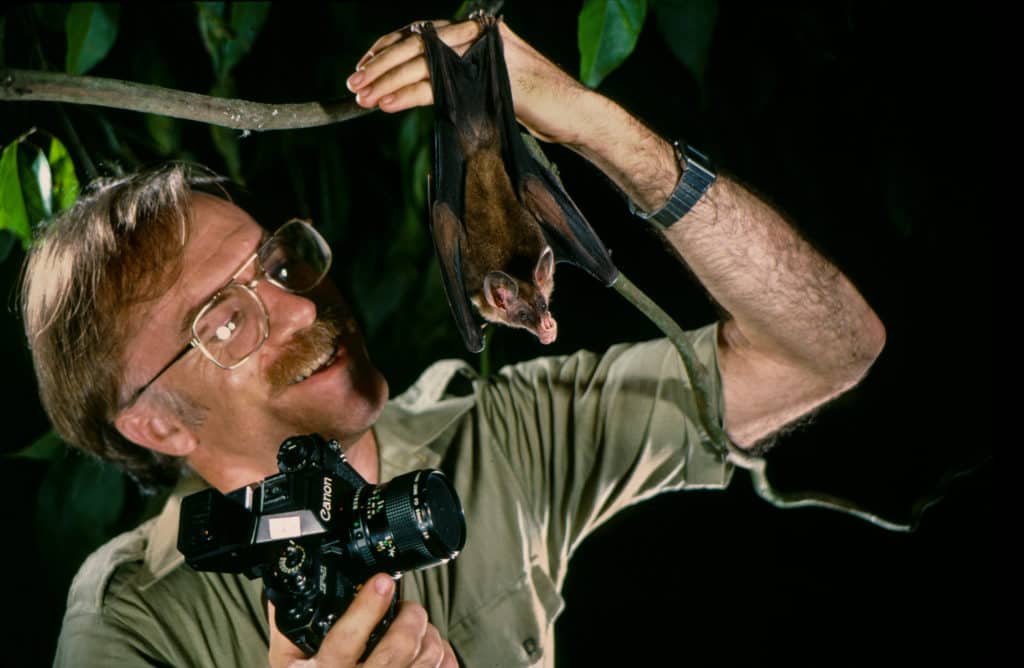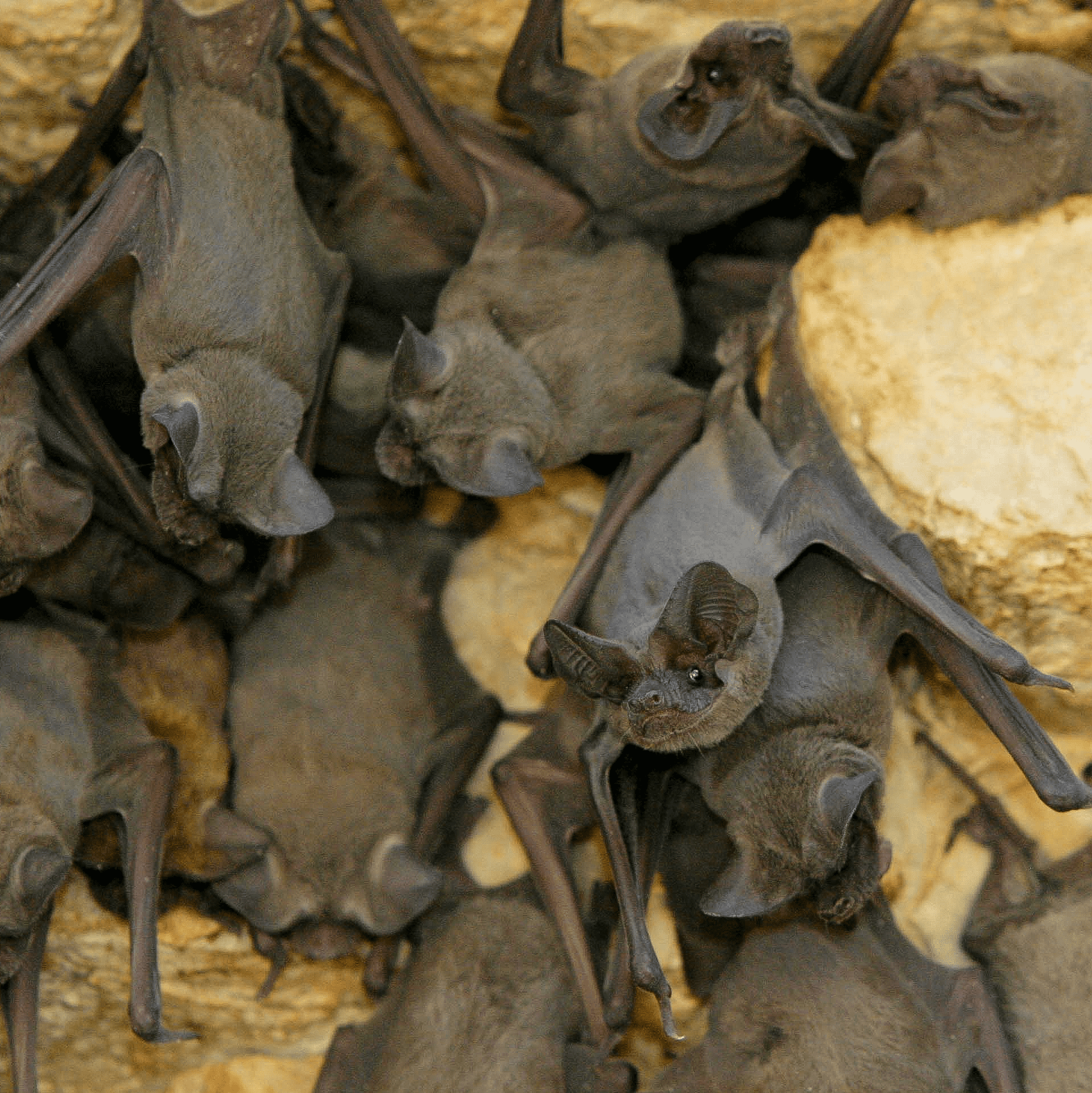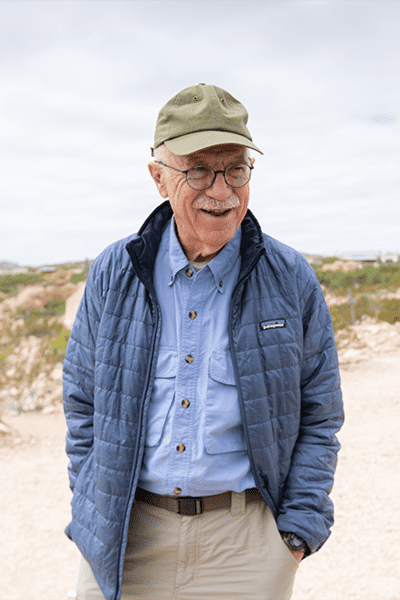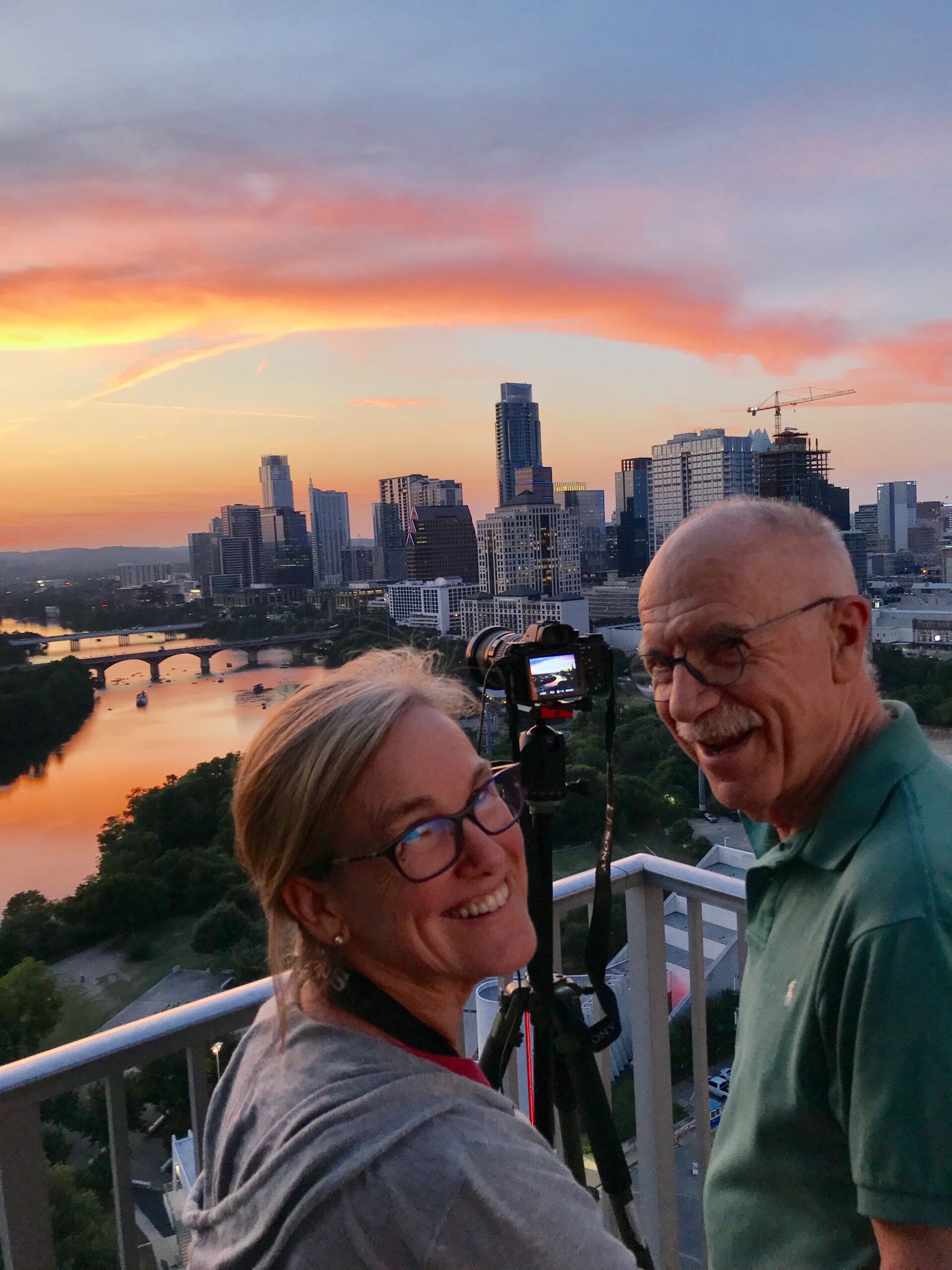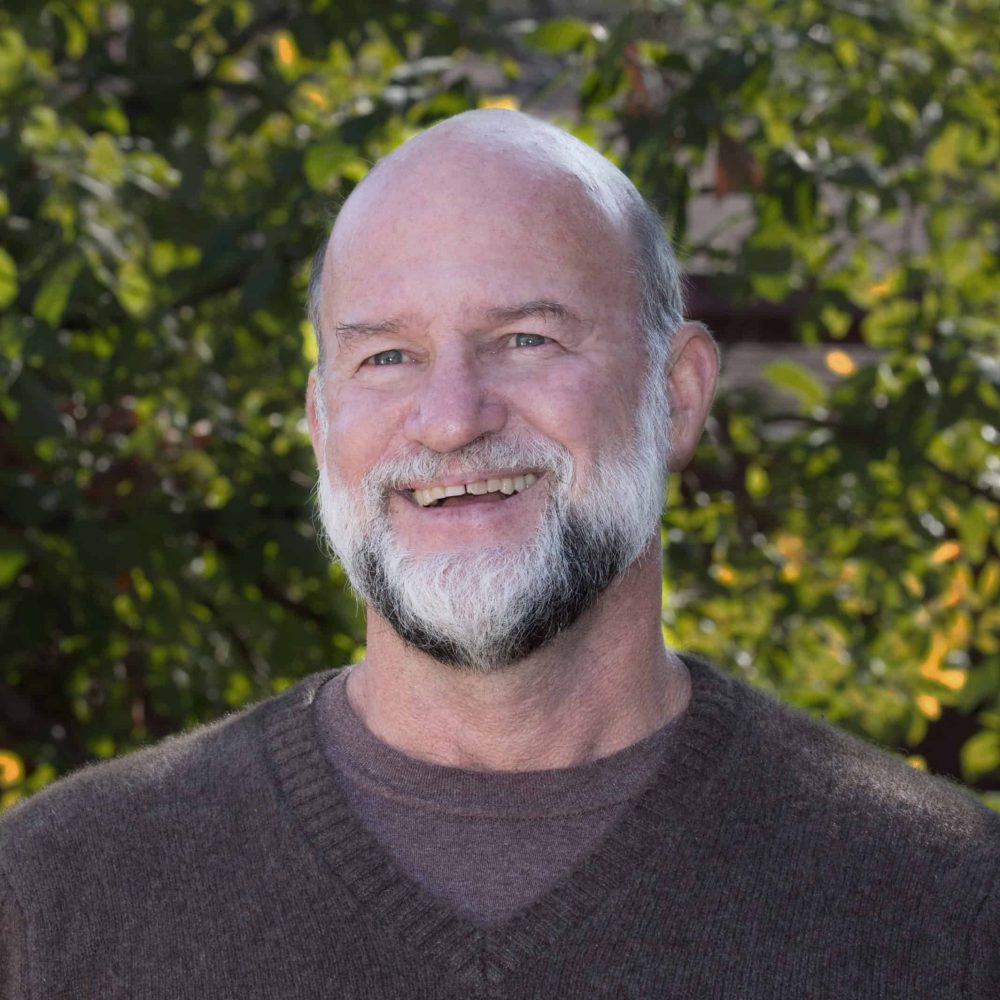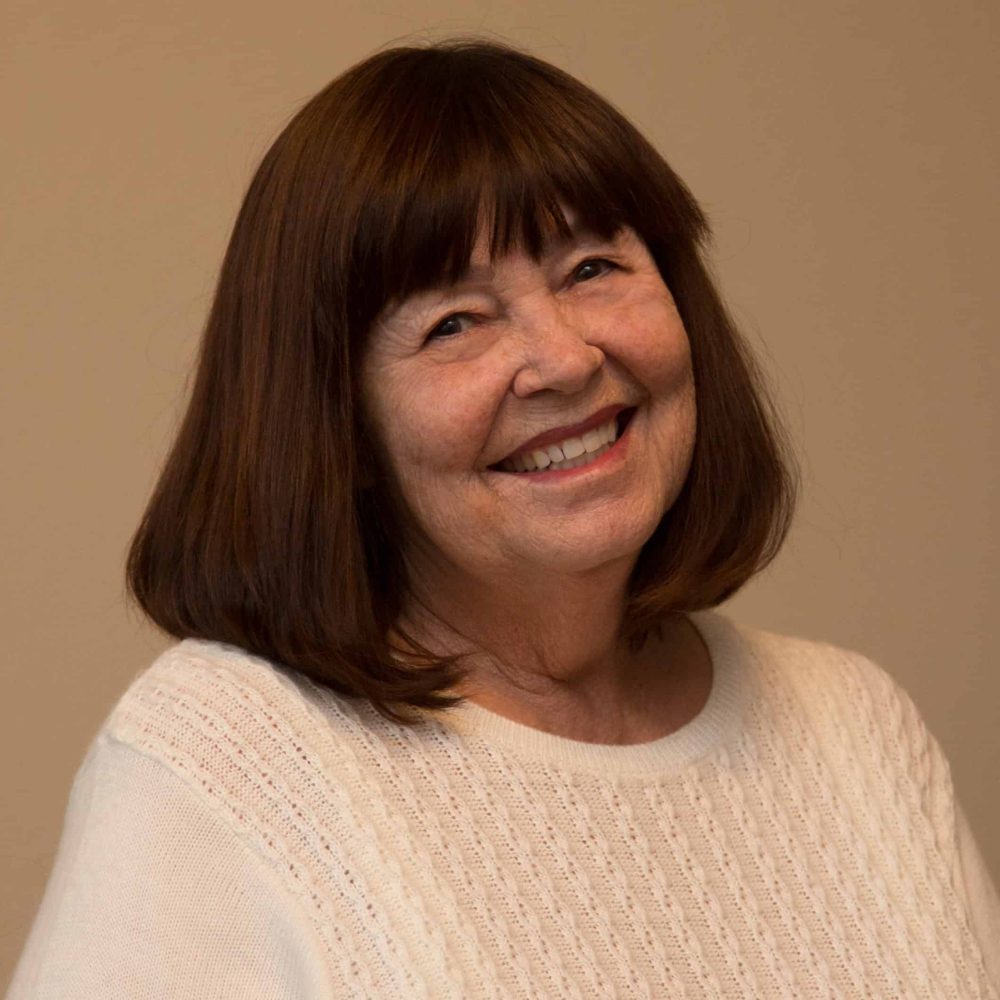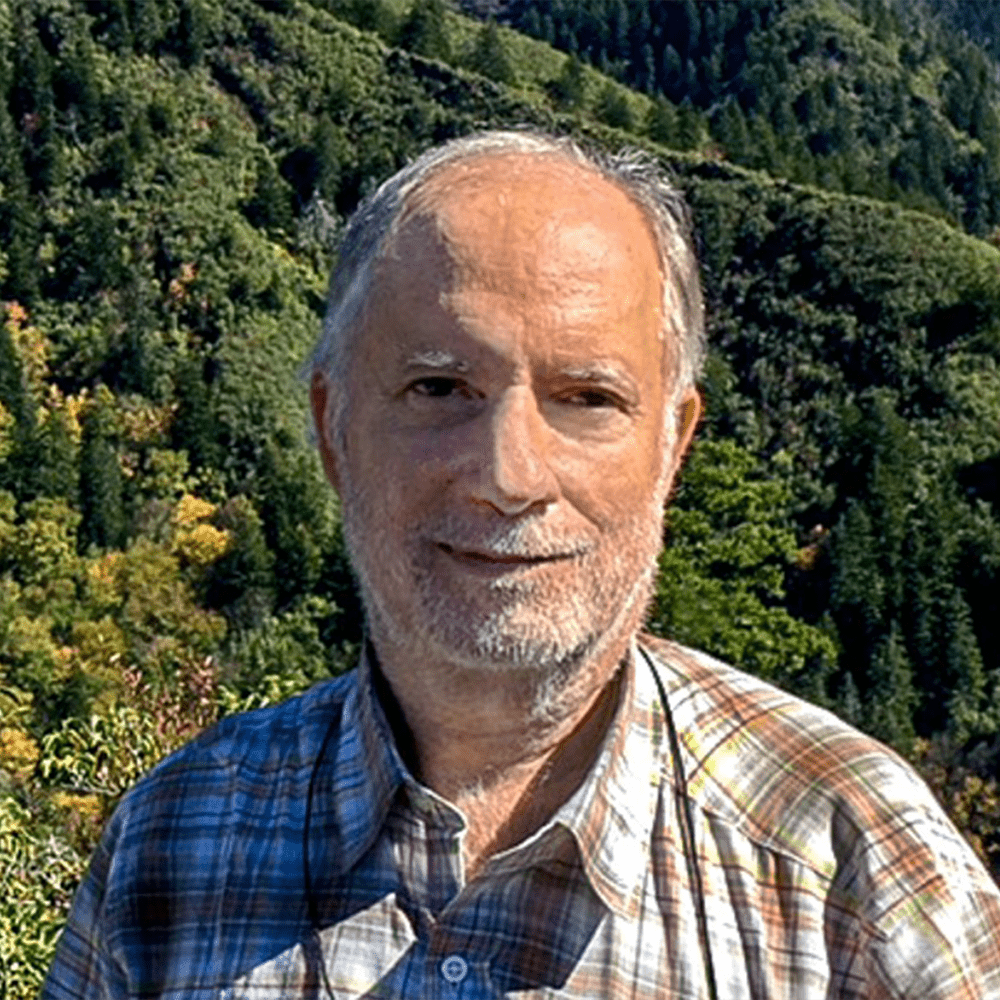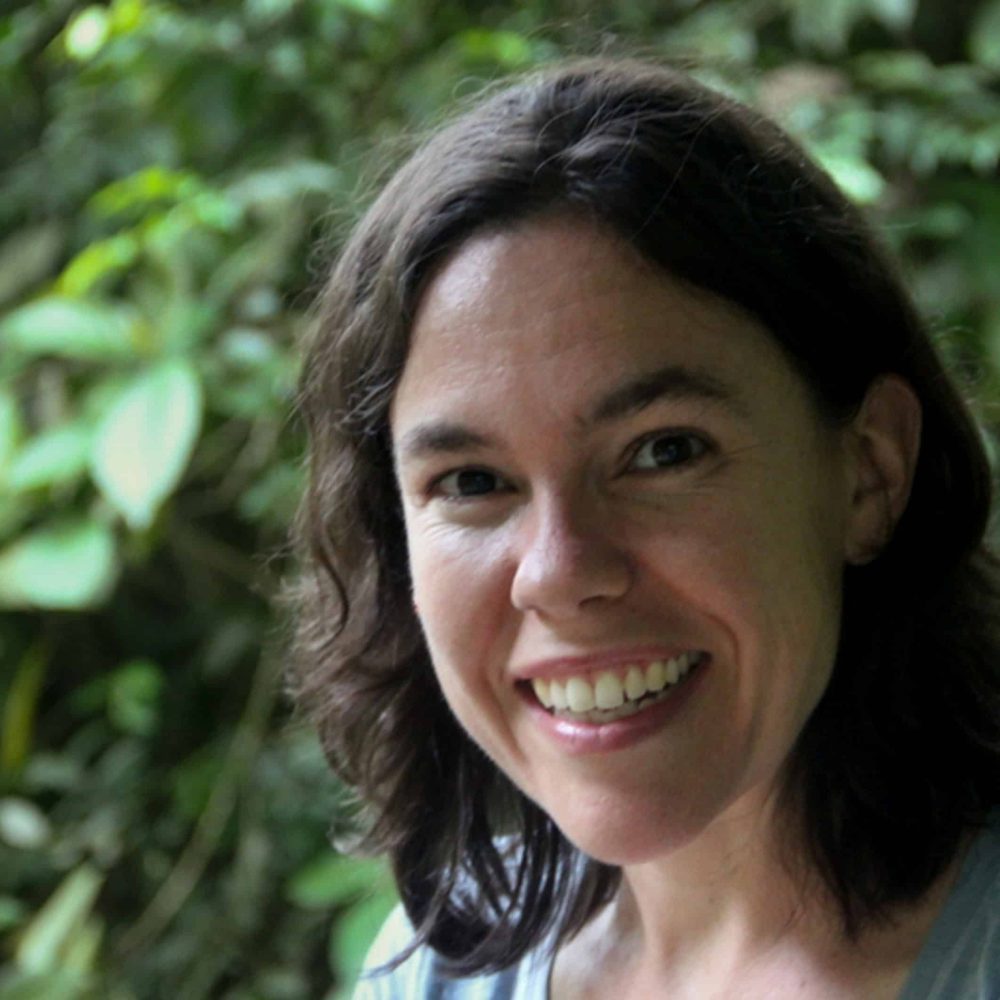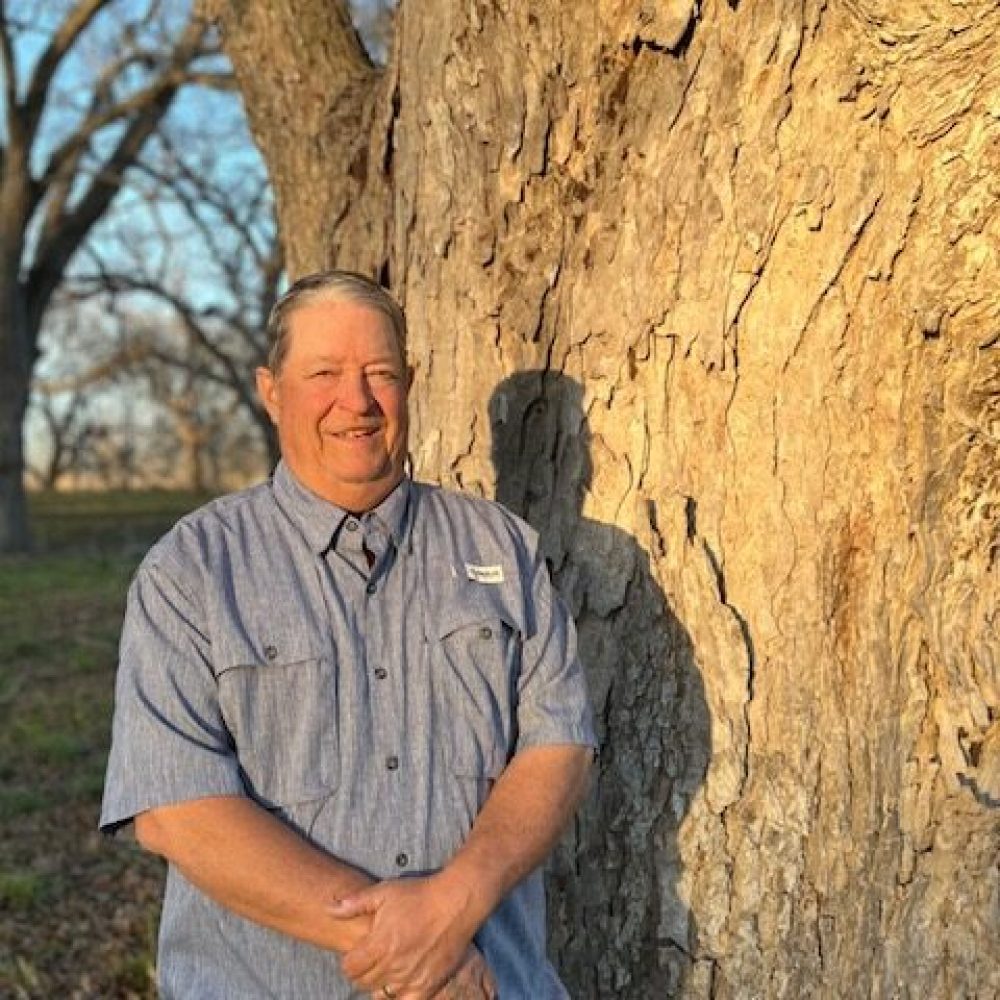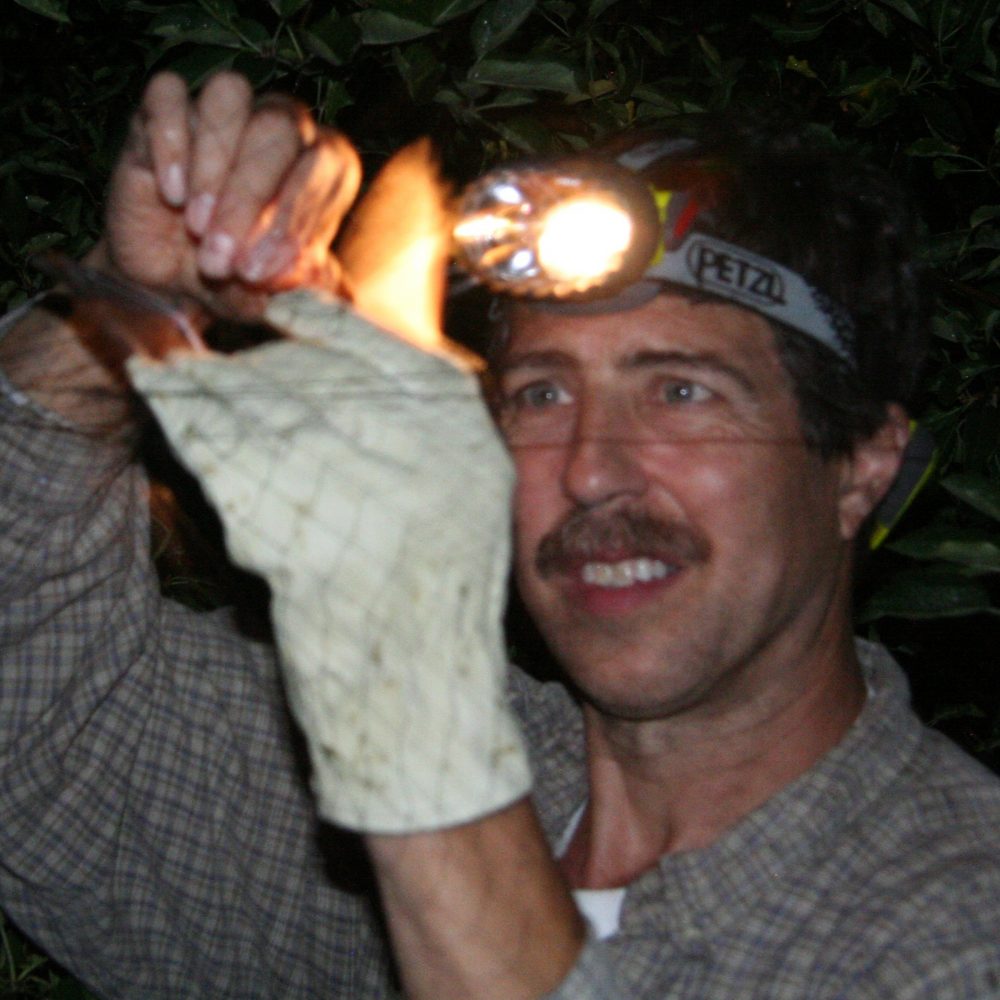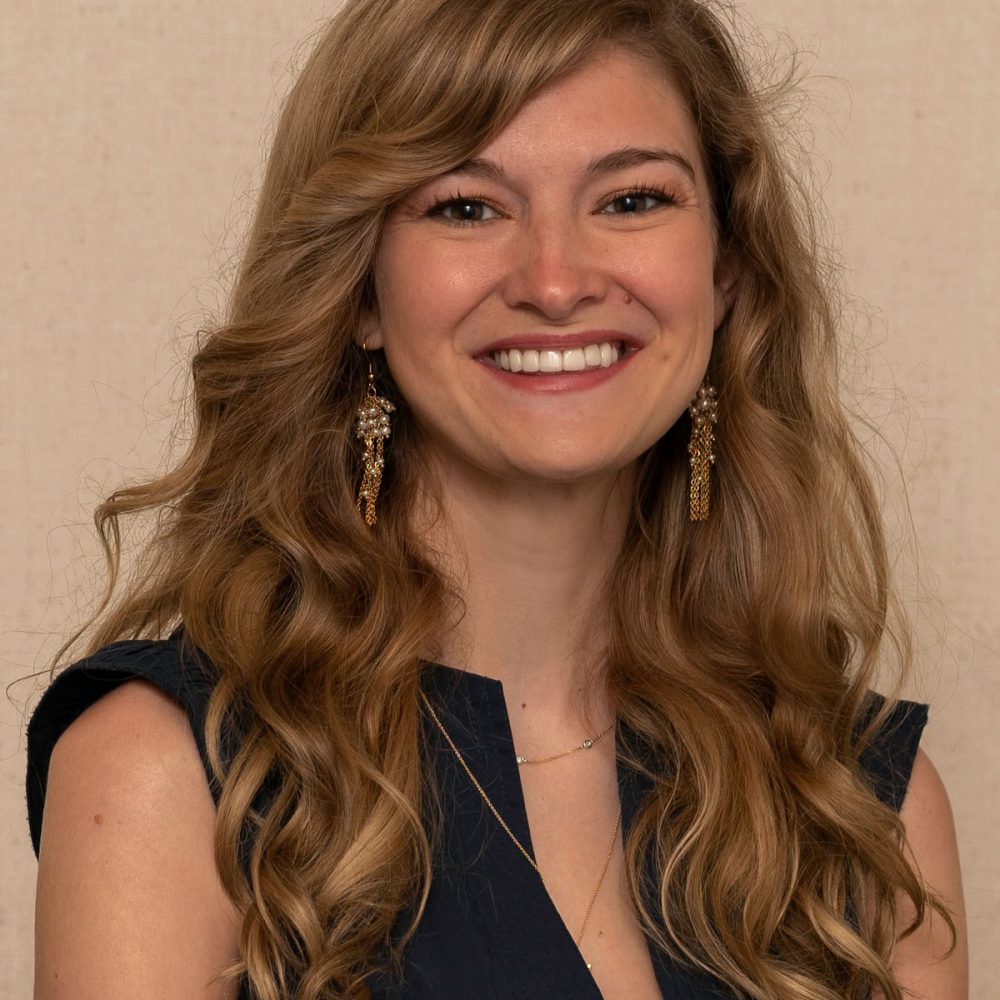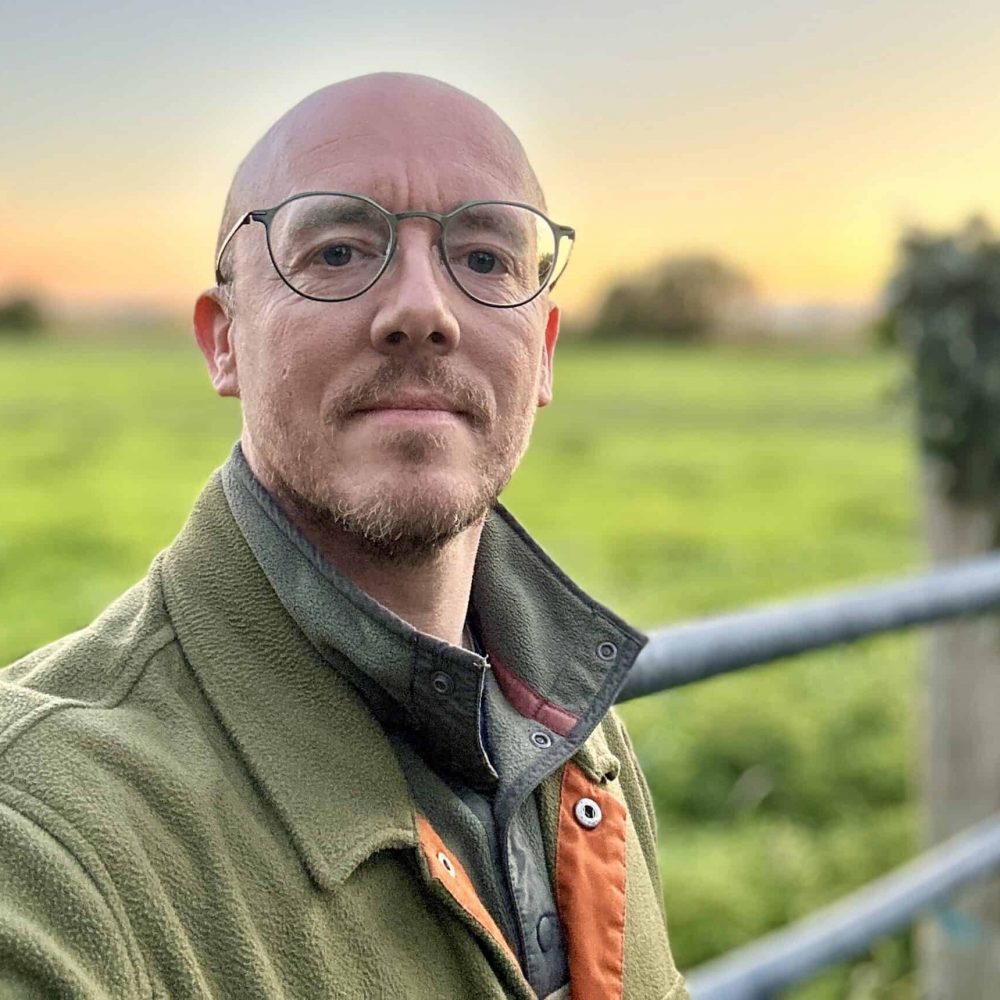About Us
No group of mammals has been more misunderstood, needlessly feared, or intensely persecuted than bats. Relying on a powerful combination of science, field knowledge, and photography, MTBC is helping save millions of bats, protecting public health, economies and worldwide ecosystems by teaching people to live harmoniously with bats through Merlin’s one-of-a-kind experience.
Our mission: inspiring bat conservation worldwide.
The Current Problem
Bats comprise one-fifth of the world’s mammal species and are globally essential to environmental health. Nevertheless, they are in alarming decline. In the U.S. and Canada, millions are dying from an introduced fungus. And millions more die annually in the U.S. alone from careless use of wind turbines. Worldwide, countless bats are lost due to cave disturbance and destruction, and some have even become extinct due to overharvesting. Like all life on earth, bats are increasingly threatened by habitat loss and climate change. However, unlike most animals, they are easily misunderstood and victimized by exaggerated disease speculation, leading to deliberate eradication campaigns with disastrous consequences. Because most bats rear just one pup per year and live in large colonies, they are especially vulnerable to extinction.
Why We Must Act Now
Bats are the primary controllers of vast numbers of night-flying insects. Single colonies can consume tons of crop pests nightly, and they pollinate and carry seeds for many of our planet’s most important plants. If bat decline is not reversed, we could face dire consequences such as billions of dollars of agricultural and forestry losses in single countries, dramatically increased reliance on pesticides that can cause cancer and dementia, increased threats from mosquito-borne diseases such as West Nile and Malaria, and loss of billion-dollar-a-year crops for lack of bat pollinators.
Hope For The Future
Merlin has repeatedly demonstrated the power of education. His successes on behalf of traditionally misunderstood and persecuted bats are unprecedented, providing a model of hope for the future. His work and legacy have never been more important. We provide clear, science-based explanations to dispel fear and help people benefit from conserving bats. Once people understand the value of bats, most voluntarily become enthusiastic protectors. When thousands of bats began moving into newly created crevices beneath the Congress Avenue Bridge in Austin, Texas, misinformed health officials warned they were mostly rabid and dangerous. Fearful citizens began signing petitions to have the bats eradicated. But when Merlin put fears in perspective and explained bat values, the bats were protected. Today, 1.5 million are enthusiastically welcomed. They attract millions of tourist dollars each summer, consume tons of insect pests nightly, and have harmed no one. Austin is now proud of its bat-friendly fame.
Team
Merlin D. Tuttle
FOUNDER AND EXECUTIVE DIRECTOR
Merlin started his bat career as a teenager and has been a key force in changing the way the world perceives bats. He has studied and photographed hundreds of species of bats on every continent where they live. He founded and led Bat Conservation International for nearly 30 years, left in 2009, and founded Merlin Tuttle’s Bat Conservation in 2014, with his wife, Paula Tuttle.
Merlin is comfortable crawling deep into caves, lugging equipment through tropical jungles, or standing on a stage introducing the world to the Secret Lives of Bats.

Duncan Hicks
OPERATIONS MANAGER
Duncan manages MTBC’s projects and resources. He also helps guide the team through long-term strategies. He enjoys reading, listening to and playing music, and watching motorsports.

Danielle A. Cordani
CONSERVATION PROGRAM COORDINATOR
Danielle is a bat biologist who enjoys addressing conservation issues and generating excitement about protecting bats. She develops and coordinates MTBC’s conservation programs, field activities, and workshops.

David Shuler
ARCHIVE COORDINATOR
David is MTBC’s photo archivist. He also provides logistical and technical support. He enjoys computer engineering, photography, playing soccer, hiking, and other outdoor activities.

Katie Netherton
COMMUNICATIONS COORDINATOR
Katie provides technical and creative support for our communications projects, including: MTBC’s social media pages, newsletters, website content, and all things pertaining to outreach design & implementation.
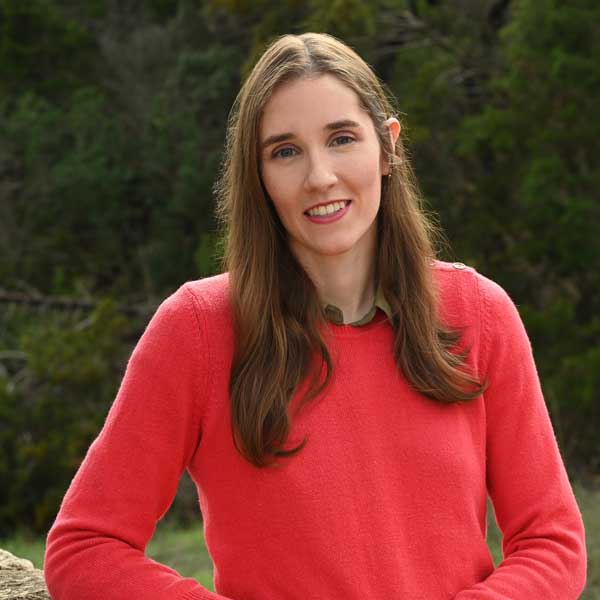
Melissa Donnelly
SCIENCE SPECIALIST
Melissa provides assistance on conservation projects and research. She enjoys helping people help bats and bringing attention to the many individuals and groups doing fantastic work for bat conservation worldwide.
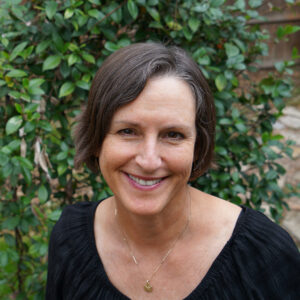
Marla Gostisha
MEMBER SERVICES COORDINATOR
Marla manages donor records and office administration. She is a competitive tennis player and enjoys cycling and photography.

